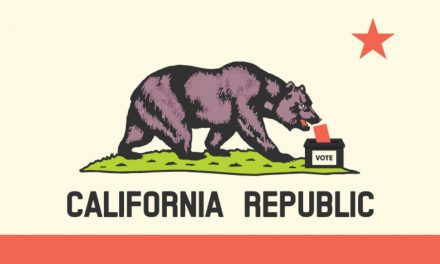From the New Scientist:
A non-psychoactive compound found in marijuana plants called cannabidivarin (CBDV) has shown promise in the treatment of severe cases of epilepsy. However, to treat just 10 per cent of people with epilepsy would require around 1500 tons of pure CBDV.
To obtain this amount using current methods, you would need to plant large quantities of marijuana and extract their small supply of CBDV. “There’s so little of this chemical in plants it would actually be impossible to harvest it by traditional means,” says Kevin Chen, who runs Hyasynth Bio, a start-up in Montreal, Canada.
That’s why the firm has turned to cellular agriculture, in which crops are made from cell cultures. It has added the chunk of cannabis DNA that codes for CBDV into yeast DNA, which turns the yeast into CBDV production plants. This allows for rapid, large-scale CBDV creation with none of the land concerns of growing marijuana. The work was presented at the New Harvest conference in New York this month.
Once optimised, using microbes like yeast will make harvesting compounds such as CBDV efficient and cost-effective, says Tom Williams at Macquarie University in Australia.
The medical applications could be far-reaching. Epilepsy affects around 50 million people worldwide and those diagnosed with it are three times more likely to die prematurely. Around 30 per cent of those with epilepsy don’t respond to available treatments.
GW Pharmaceuticals is conducting clinical trials on CBDV treatments, and Chen says several pharmaceutical companies have been in touch with Hyasynth Bio.
Chen says the firm is also open to moving into the recreational marijuana field.
Related news from Larry B:
Front Range Bioscences’ partnership with UC Davis for cannabis genetics has received ample coverage in the media. Some examples:
- VICE, The Latest Effort to Map the Weed Genome Will Focus on Pot That Doesn’t Get You High
- Westword, Front Range Biosciences Partners With UC Davis to Study Hemp Genome
- Marijuana Business Daily, Colorado biotech firm hires UC Davis to research hemp
- Civilized, Cannabis Grown Without Pesticides? It Could Happen Sooner Than You Think





